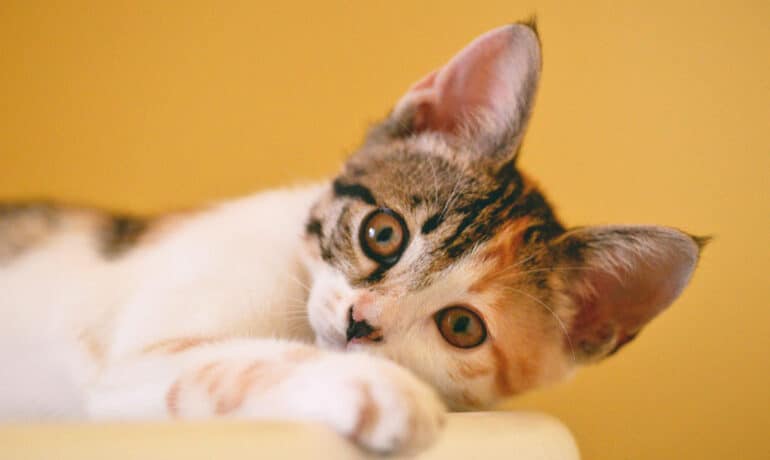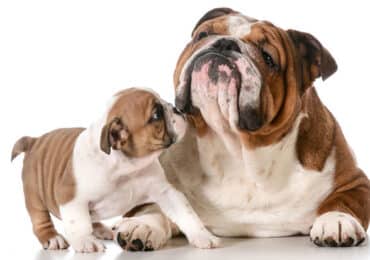Whether you’re a first-time kitten owner or a seasoned pet owner, staying on top of your vaccination and wellness routines can be challenging but is extremely important. We’re here to help make it as easy as possible for you and your pet.
Keeping your pet healthy is our priority at Grand Valley Animal Hospital. The feline vaccination and wellness protocol we recommend helps to prevent life-threatening illnesses and provide the care needed to monitor your pet’s health throughout their lifetime.
In this blog, we will review core and non-core vaccines – how they differ, which ones your pet needs and when.
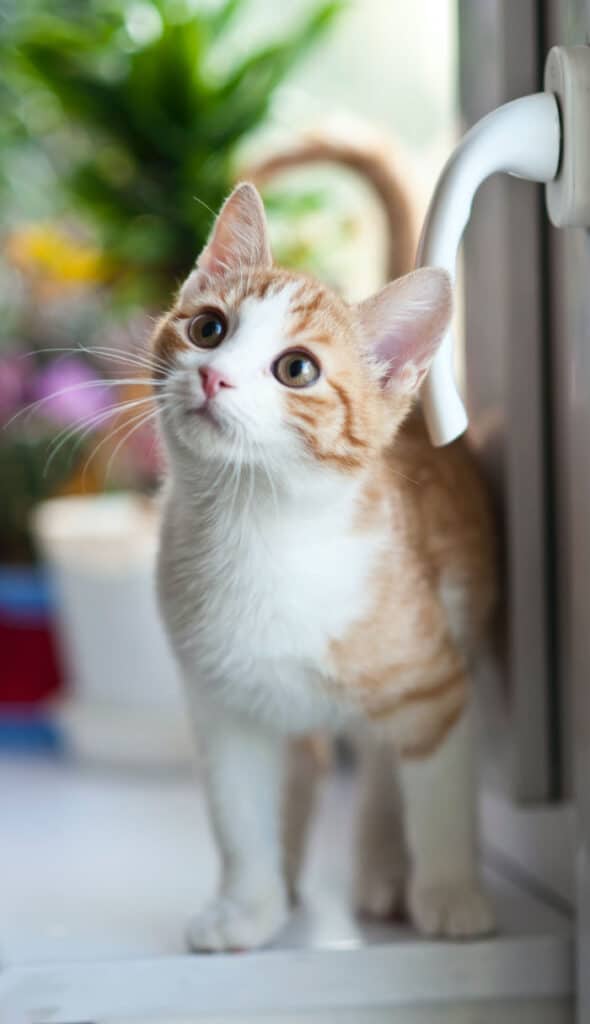
Feline Core & Non-core Vaccines
Animal vaccinations are divided into two categories, core and non-core. Let’s start by reviewing the difference between the two and which are included in our standard feline wellness protocol.
Core Vaccines
Core vaccines are vaccinations that all cats should receive to prevent life-threatening illness, regardless if they are indoor, outdoor or what their lifestyle is like.
FVRCP
What is it and why does my cat need it?
Feline FVRCP is a three-in-one vaccination that combines the following vaccines into one single shot to prevent these diseases, making administration by your vet more efficient and therefore less stressful for your pet:
Feline Viral Rhinotracheitis (FVR): Can lead to serious upper respiratory disease and include symptoms such as oral ulcers and pneumonia.
Feline Calicivirus (C): Also causes upper respiratory disease as well as chronic stomatitis, pneumonia and lameness.
Feline Panleukopenia (P): Also known as feline parvovirus, this highly infectious virus can cause vomiting, severe diarrhea, fever and anorexia in your cat.
When will my cat need it?
First given at 8, 12 and 16 weeks of age, the Feline FVRCP vaccine will need to be boosted initially after 1 year and then will be effective for 3 years.
FeLV
What is it and why does my cat need it?
One of the leading causes of death in cats is the feline leukemia virus (FeLV). Infected felines experience a suppressed immune system which predisposes them to infections and causes a plethora of symptoms such as yellow color in fever, diarrhea, mouth and eyes, bladder, skin or upper respiratory infections, weight loss, progressive weakness and lethargy and more.
When will my cat need it?
The FeLV vaccine is first given at 8, 12 and 16 weeks of age and will then need to be boosted on an annual basis.
Rabies
What is it and why does my cat need it?
Rabies in animals is a dangerous and mostly fatal disease that is transmitted by infected animals such as bats, raccoons, skunks and foxes through bites, scratches, abrasions or open wounds. Even if your cat stays indoors, they can still be at risk for contracting the disease and are required to be vaccinated for rabies by law.
When will my cat need it?
First given at 16 weeks of age, the Feline Rabies vaccine will need to be boosted initially after 1 year and then will be effective for 3 years.


Non-Core Vaccines
Non-core vaccines are what we call ‘lifestyle’ vaccines. Depending on the lifestyle of your pet, you and your vet can work together to determine if they are necessary for your cat to keep them healthy.
Chlamydophila felis
What is it and why does my cat need it?
Although cats of all ages can be infected, Chlamydophilia felis is a type of bacteria most commonly found in young kittens. The bacteria can cause cats to develop chronic conjunctivitis, an infection and inflammation of the mucus membranes that cover the front of the eye and lines the inside of eyelids, and can also cause symptoms of sneezing, discharge, fever, lethargy and lack of appetite.
When will my cat need it?
The initial vaccine must be boosted after 4 weeks, and then will be given annually thereafter.
Cat Vaccination Schedule | ||||
|---|---|---|---|---|
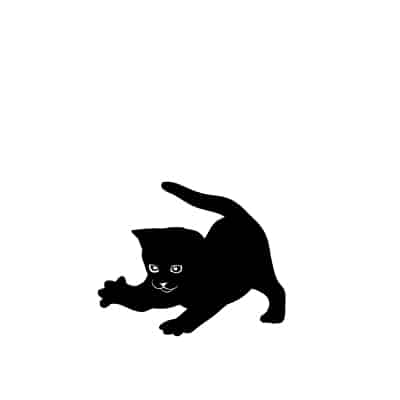
| 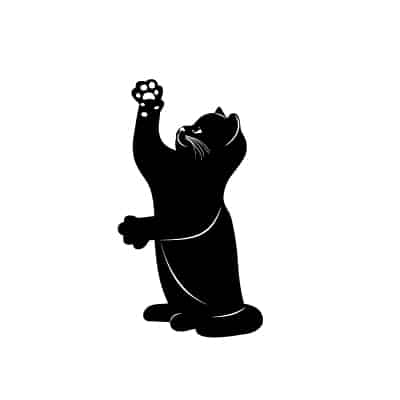
| 
| 
| 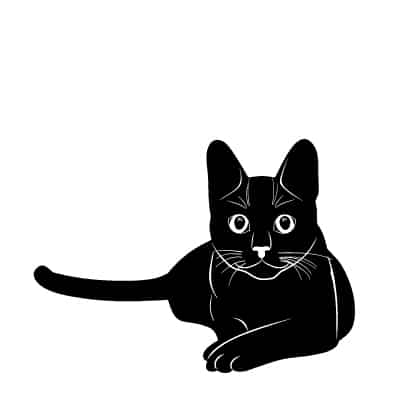
|
8 Weeks | 12 Weeks | 16 Weeks | Annual | 1- & 3-Year* |
CORE VACCINES | ||||
FeLV
| FeLV
| FeLV
| FeLV
| FVRCP
|
FVRCP | FVRCP | FVRCP | Rabies | |
Rabies | ||||
NON-CORE VACCINES | ||||
Chlamydophila felis | Chlamydophila felis | Chlamydophila felis | ||
* Vaccine will need to be initially boosted after 1 year, and then every 3 years.
In addition to vaccination protocols, we also highly recommend a routine of preventatives to ensure optimal health in your feline companion. Important for our region is flea and tick prevention medication as well as your regular annual screenings which include:
Wellness Exams: comprehensive physical exams each year
Fecal Screening: annual inspection of fecal matter to check for internal parasites
To learn more about your cat’s recommended vaccination protocol and overall wellness routine, visit our resources page for additional info or give us a call to discuss and set up your necessary appointments at 701.757.3500.

